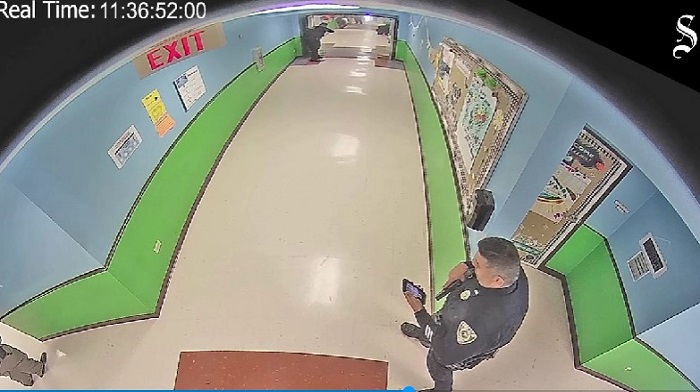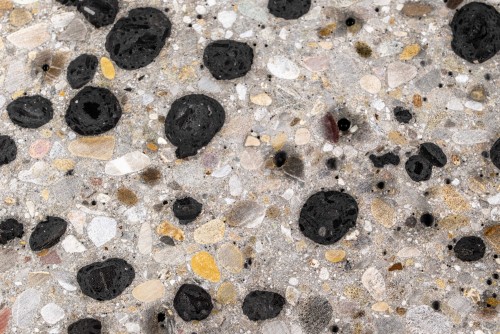
The 2000-year-old wine found in a Roman tomb in Carmona, Spain
Juan Manuel Román/University of Cordoba
A reddish liquid found in a 2000-year-old Roman mausoleum in Spain is the oldest known liquid wine in existence, a chemical analysis has revealed.
“I was surprised and full of disbelief,” says José Rafael Ruiz Arrebola at the University of Cordoba in Spain. “It seemed impossible that a liquid could have remained in this state for 2000 years.”
Until now, a sealed vessel found near Speyer, Germany, and believed to be about 1700 years old, was thought to contain the oldest known wine, but it has never been opened.
The Spanish tomb, accidentally discovered in 2019 in Carmona, near Seville, dates from the 1st century AD and belonged to a wealthy family. Eight burial niches, carved in its walls, held six urns made from limestone, sandstone or glass. Half of them contained the cremated remains of women and the other half those of men. Two urns bore the names of the deceased: Hispanae and Senicio.
One of the glass urns, encased in a lead shell, contained bone remnants of a 45-year-old man, a gold ring bearing the image of the two-faced Roman god Janus, and approximately 5 litres of liquid.
Ruiz Arrebola and his team studied the composition of the reddish liquid by various methods, including liquid chromatography-mass spectrometry. They found that it had a pH of 7.5 – much more alkaline than normal for wine, indicating strong decay.
Its mineral profile was similar to that of modern sherry and fino wines from Spain. It also contained seven polyphenols, natural antioxidant compounds, exclusively found in wine.

The entrance to the mausoleum in Carmona where the wine was found
Juan Manuel Román/University of Cordoba
The absence of syringic acid, a compound produced when the main pigment in red wines decomposes, confirmed its identity as a white wine. The wine was probably meant for the deceased to drink on their voyage into the afterlife.
“The discovery of a 2000-year-old liquid presumed to be wine in a Roman urn is rare and significant, providing unique insights into Roman burial practices,” says Davide Tanasi at the University of South Florida. “It demonstrates the continuity between ancient and contemporary wine production.”
Ruiz Arrebola plans to carry out further tests to identify any remains of microbes such as bacteria or yeasts that might be present in the wine.
Topics:

























































